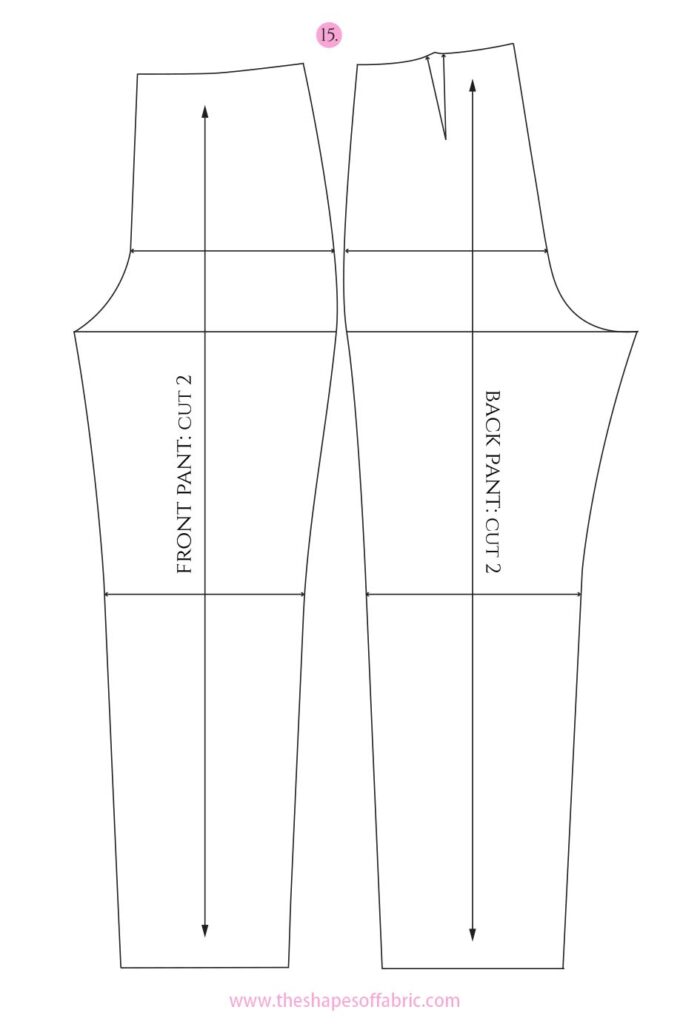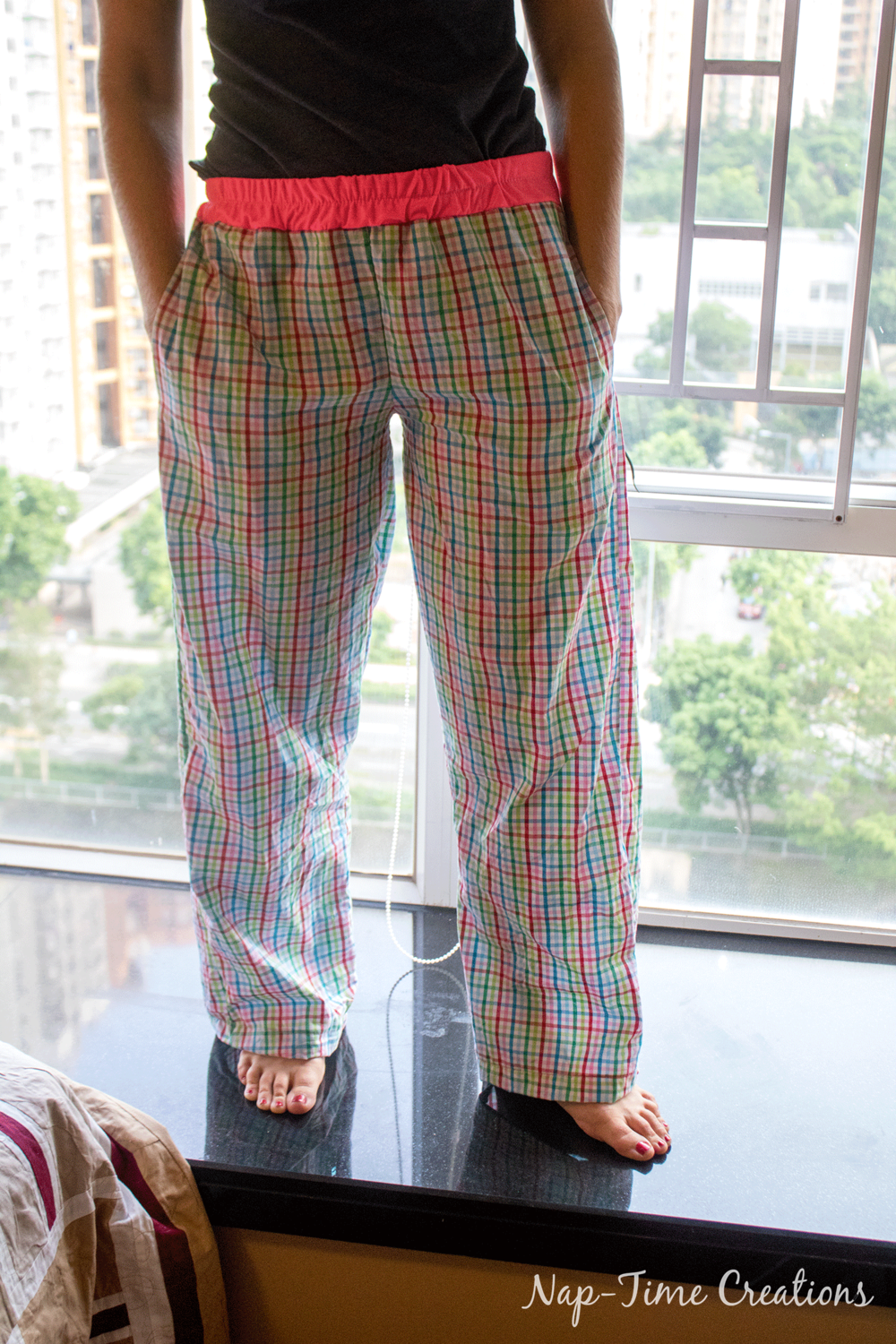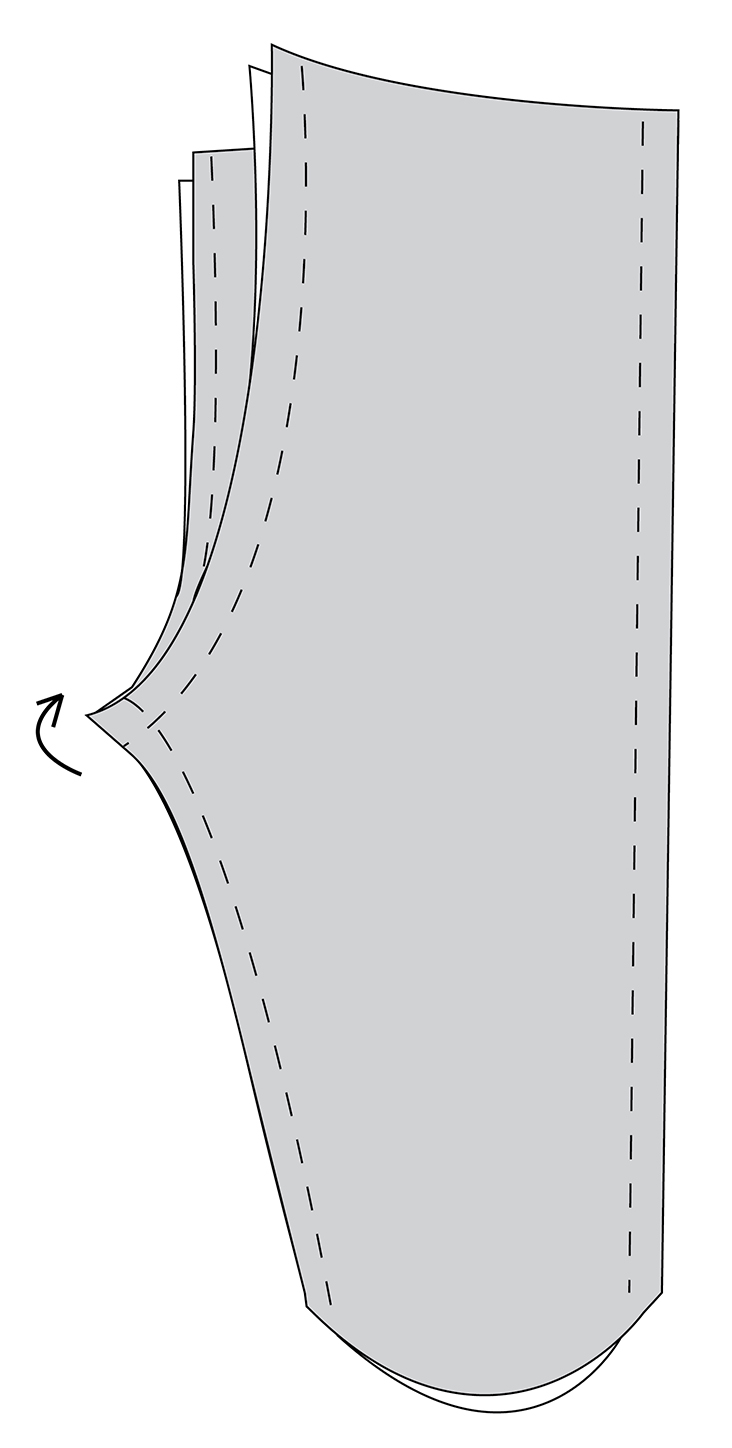
When it comes to sewing your own pants, having a well-fitting pattern is essential. A good pants pattern can make a world of difference in the comfort and style of your finished garment. Whether you're a beginner or an experienced sewist, this article will guide you through the process of creating your perfect pants pattern.
Understanding Pants Patterns

Before diving into creating your own pants pattern, it's important to understand the basics. Pants patterns consist of multiple pieces that come together to form the complete garment. These pieces include the front and back panels, waistband, and various smaller components like pockets and cuffs.
Each pants pattern is designed with specific fit characteristics in mind. Some patterns are tailored for a loose and relaxed fit, while others are more form-fitting. Understanding these fit characteristics will help you choose the right pattern for your desired style and body type.
Taking Accurate Measurements

Before creating your pants pattern, it's crucial to take accurate measurements of your body. This will ensure that the final garment fits you perfectly. Grab a measuring tape and record your waist, hips, inseam, and any other relevant measurements that the pattern requires.
When measuring, stand in a relaxed and natural position to get the most accurate results. It's also helpful to have someone assist you to ensure the tape is positioned correctly. These measurements will serve as the foundation for creating your pants pattern.
Drafting Your Pants Pattern

Once you have your measurements, it's time to draft your pants pattern. You can either create a pattern from scratch or modify an existing one to achieve your desired fit. If you're a beginner, it's recommended to start with a commercial pattern as they provide clear instructions and guidance.
Using your measurements as a guide, trace the pattern pieces onto pattern paper or cardboard. Make any necessary adjustments to ensure the pattern matches your measurements accurately. This may involve lengthening or shortening certain areas, such as the rise or inseam.
Fine-Tuning the Fit

Once you have your initial pants pattern, it's time to fine-tune the fit. To do this, create a muslin or test garment using inexpensive fabric. This will allow you to make any necessary adjustments without wasting your final fabric.
Try on the muslin and assess the fit. Pay attention to areas such as the waist, hips, and crotch. If there are any areas that feel too tight or loose, make note of them. You can then adjust the pattern accordingly, either by adding or removing fabric in specific areas.
Adding Style Details
Once you're satisfied with the fit of your pants pattern, it's time to add some style details. This is where you can get creative and make the pants truly unique to your taste. Consider adding pockets, pleats, cuffs, or any other design elements that catch your eye.
Take your time to carefully mark and cut out these additional pattern pieces. Ensure that they align correctly with the existing pattern pieces to maintain a cohesive look. The style details you choose will add personality and flair to your pants.
Transferring the Pattern to Fabric

Now that you have your final pants pattern, it's time to transfer it onto your chosen fabric. Lay out the fabric flat and pin the pattern pieces in place. Carefully cut around the edges, ensuring that you follow the shape of each piece accurately.
Remember to transfer any markings or notches from the pattern onto the fabric. These markings will help you align and sew the pieces together correctly. Once all the pieces are cut, you're ready to start sewing your pants.
Sewing Your Pants

When sewing your pants, follow the instructions provided with your pattern. Take your time and pay attention to details such as seam allowances and finishing techniques. This will ensure that your pants come together neatly and professionally.
As you sew, try the pants on periodically to check the fit and make any necessary adjustments. It's easier to make alterations at this stage than once the pants are fully assembled. Take note of any changes you make for future reference.
Conclusion
Creating your own pants pattern allows you to achieve a customized fit and style. By understanding the basics of pants patterns, taking accurate measurements, and fine-tuning the fit, you can create pants that are tailored to your body and preferences. Don't be afraid to experiment with different design elements to make your pants truly unique. With patience and practice, you'll be sewing your perfect pair of pants in no time!